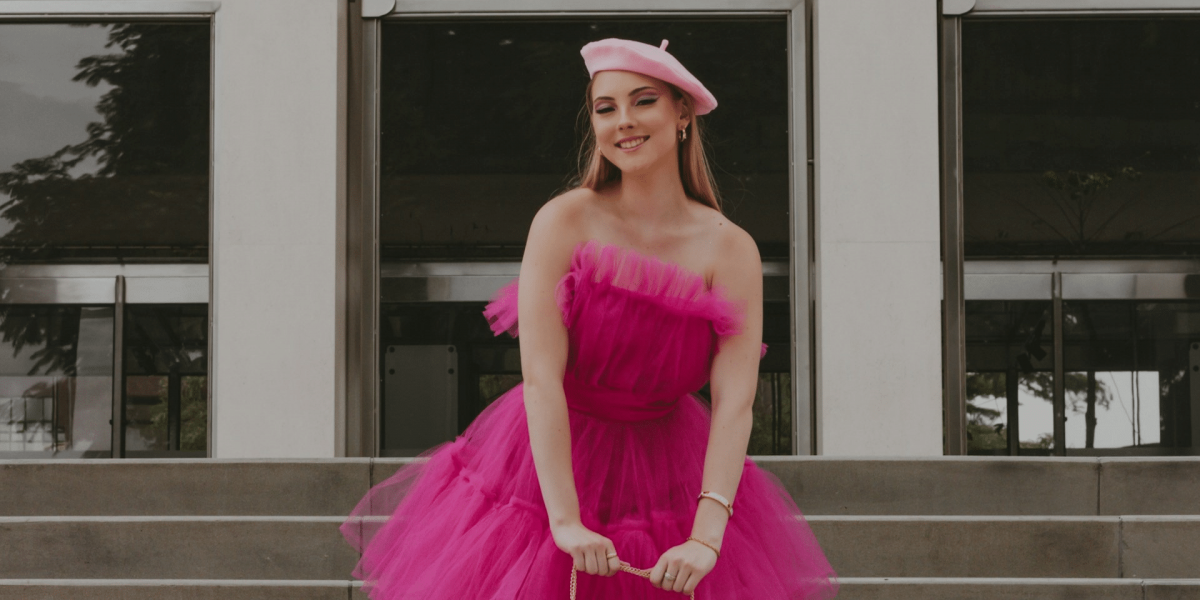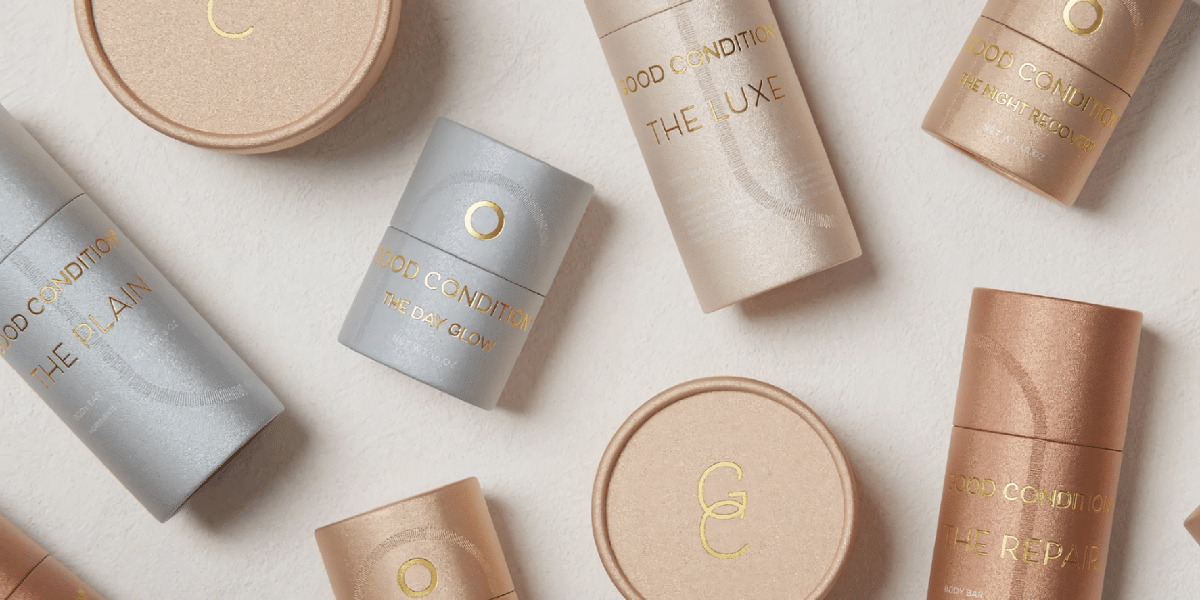Pink has long been a staple color in the world of pop music, gracing album covers, stage outfits, and music videos. Its enduring popularity among pop artists is a fascinating phenomenon that combines cultural, psychological, and aesthetic factors. This article explores why pink remains a staple color among pop artists, examining its history, significance, and the reasons behind its lasting appeal.
Historical Significance of Pink in Pop Culture
Historically, pink has been associated with femininity, romance, and softness. In the early 20th century, it was primarily a color for young girls. However, over time, pink’s meaning evolved, and it began to be used in various cultural and artistic contexts.
The 1980s saw a significant rise in the use of pink within pop culture. Artists like Madonna and Cyndi Lauper incorporated pink into their wardrobes and album art, using it to convey a sense of fun, rebellion, and individuality. This period marked the beginning of pink’s transition from a gender-specific color to a versatile and bold statement in pop music.
Pink is known to evoke a range of emotional responses. Lighter shades of pink are often associated with feelings of calmness, love, and nurturing, while brighter shades can stimulate energy and excitement. This versatility makes pink a powerful tool for pop artists who aim to connect with their audience on an emotional level.
The vibrant and eye-catching nature of pink makes it an ideal color for visual media. Whether on stage, in music videos, or on album covers, pink captures attention and creates a memorable visual impact. Its ability to stand out visually helps pop artists establish a strong and recognizable brand.
Pink as a Symbol of Identity and Expression
In recent years, pink has been embraced by pop artists as a color that breaks traditional gender norms. Artists like Harry Styles and Janelle Monáe use pink to challenge stereotypes and promote gender fluidity. This progressive use of pink aligns with the broader cultural movement towards greater acceptance and celebration of diverse identities.
Pop artists often use pink as a key component of their personal branding. The color can help convey a specific image or message, whether it’s youthful exuberance, romantic allure, or bold individuality. By consistently incorporating pink into their visual identity, artists can create a strong and cohesive brand that resonates with fans.
Cultural Influence and Trends
The influence of fashion and media cannot be overstated when it comes to the popularity of pink among pop artists. Fashion designers frequently incorporate pink into their collections, and celebrities wearing pink on red carpets further popularize the color. This cyclical relationship between fashion, media, and pop music perpetuates the trend of pink.
Pop icons who embrace pink often set trends that others in the industry follow. For instance, Nicki Minaj’s signature pink hair and costumes have inspired many other artists to experiment with the color. The trendsetting nature of pop icons ensures that pink remains relevant and continuously reinvented within the music industry.
Case Studies: Pop Artists and Pink
Ariana Grande
Ariana Grande frequently uses pink in her music videos, stage outfits, and promotional materials. The color complements her brand of sweet yet powerful pop music. Her use of pink reinforces her image as a modern pop princess, combining softness with strength.
BTS
The global sensation BTS has also utilized pink in their music videos and stage performances. The group’s incorporation of pink signifies a departure from traditional masculinity, aligning with their message of self-love and acceptance. BTS’s use of pink appeals to a broad audience and challenges cultural norms.
Katy Perry
Katy Perry’s playful and whimsical use of pink has been a hallmark of her career. From her “California Gurls” music video to her various stage costumes, pink helps convey a sense of fun and creativity. Perry’s vibrant use of pink enhances her energetic and larger-than-life persona.
The Future of Pink in Pop Music
As societal norms and values continue to evolve, the symbolism of pink in pop music will likely continue to change. Pink’s association with themes of love, rebellion, and individuality will persist, but new meanings and uses will emerge. The ongoing cultural conversation around gender and identity will influence how pop artists use pink in the future.
The creative potential of pink remains vast. As pop artists continue to innovate, they will find new ways to incorporate pink into their visual and artistic expressions. Whether through cutting-edge fashion, groundbreaking music videos, or inventive stage designs, pink will continue to be a versatile and dynamic color in pop music.
Pink remains a staple color among pop artists due to its historical significance, psychological impact, and ability to convey identity and expression. Its enduring popularity is reinforced by cultural trends, fashion influences, and the innovative use of pop icons. As the music industry and societal norms evolve, pink will continue to be a powerful and versatile tool for pop artists, ensuring its place in the vibrant world of pop music.







